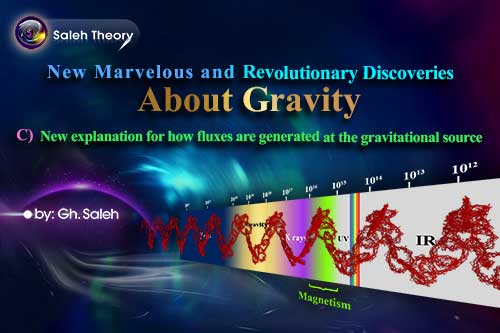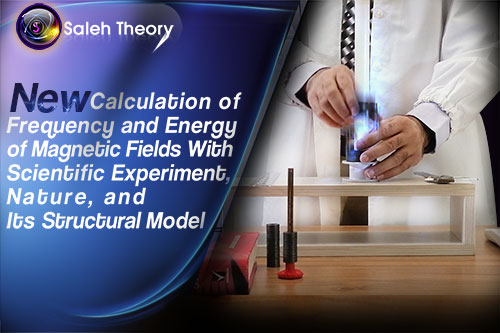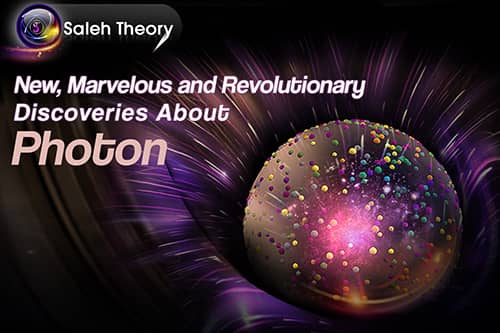
New, Marvelous and Revolutionary Discoveries About Photon
1. Photon Must Have Constant Rest Mass
The photoelectric effect proves that the light must consist of particles and on the other hand the wave nature of light was shown through the double-slit experiment of Thomas Young. In this experiment, we could observe the interference fringes that justify the light as a wave. But we know that the constant mass of the electron was proven and electron, like the photon, has interference fringes in the double-slit experiment. Therefore, there is at least one example that a particle with constant rest mass has interference fringes in the double-slit experiment and the removal of constant rest mass, for photon, is not a good solution to answer the observance of interference fringes in the double-slit experiment. In other words, the photon is the smallest, lightest, and fastest with a constant rest mass particle in the universe [1,2].
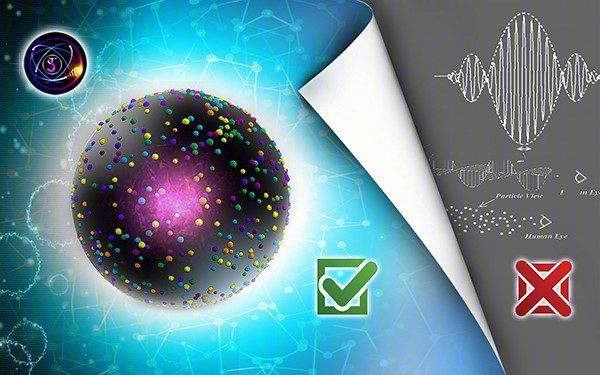
2. A New Explanation for the Equivalence of the Wave-Particle Duality of Photons
Since the electron is the photon-generator and the electron is rotating around itself and around the nucleus, the emitted photon from the electron should have the effect of these rotating motions. So, the photon has a three-dimensional motion, including a transition movement and a rotary motion. And it traverses in a helical trajectory in 3 dimensions. It means the photon rotates around its central axis with a radius of "r" while it is moving. By using this definition, we have wave-particle duality at the same time; a particle that moves wave-like [3,4].
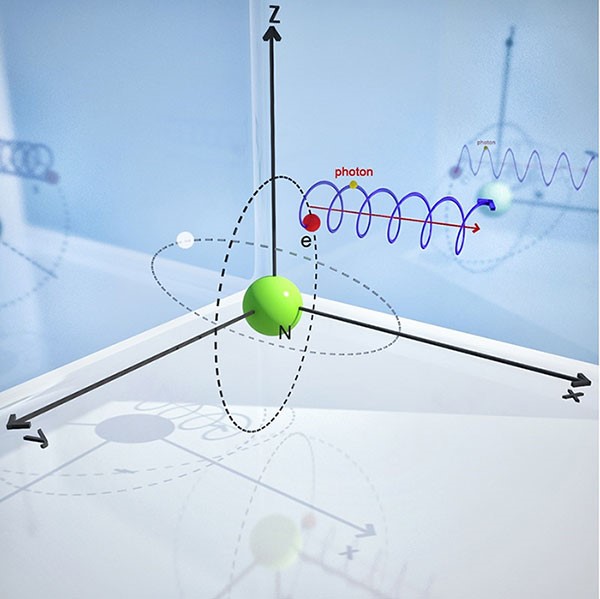
3. A New Equation for Energy of Photon and the Ever-Persistent Equality Equation
On the other hand, it is necessary to pay attention to the fact that the calculation of energy by Planck's method is an experimental calculation concerning the scattering of light on the black body and the calculation of change of temperature that naturally a quantity of energy is absorbed by the black body. In this method which is an experimental and laboratory method, there is a mathematical method which is as follows:
The photon that emits from a source and whose energy decreases, what remains of it is the same energy that Planck has calculated [5,6].

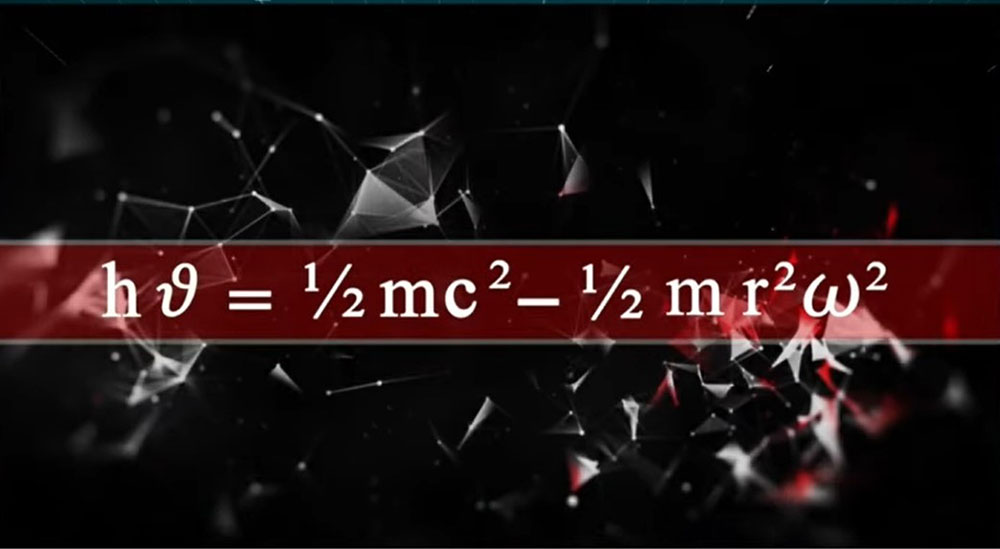
4. A New Explanation for the Colorfulness of Photons
In Saleh Theory the distinction of spectrums is due to the gyroradius (r); and its changes induce colorfulness (light color). In fact, the increase and decrease of the gyroradius construct different spectrums. Therefore, in Saleh Theory the distinction of spectrums is due to the gyroradius; and its changes induce colorfulness [7].
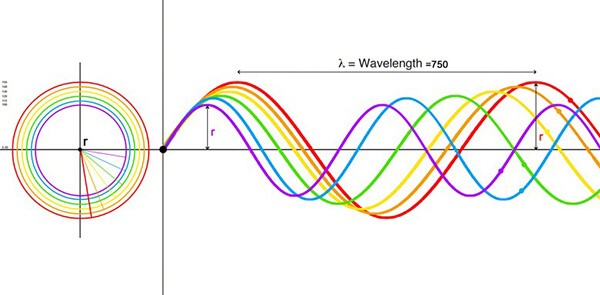
5. One-To-One Correspondence Between Wavelength and Domain or Equivalently the Helical or Sinusoidal Motion of Photons
In Saleh Theory the intensity of light is equal to the total number of photons in an area unit and the amplitude is the same as the gyroradius. So, the increase of the gyroradius means reciprocally the widening of the wavelength. For example, the long wavelength (λ) of the red spectrum is a result of the high value of its gyroradius (r), while for the blue spectrum, it's the opposite [8].
6. A New Explanation for the Warmth of Red Light and the Coolness of Blue Light
The red spectrum has a lower frequency than the blue one and according to the Planck and Einstein energy formulae (E=mc2=ɦϑ) the red spectrum has less energy and less mass than the blue one. But there are some contradictions here:
A. Although a red spectrum with the same intensity has less energy than the blue one, it is visible from a greater distance. It means a photon with less energy could travel farther.
B. Being warm means having more energy, but the red spectrum with less energy is warm and the blue one is cold [9,10].
7. A New Explanation for Double-Helical Motion of Photons
The genetrix of photon is the electron and the photons emit from the electrons and continue on their trajectory. Therefore, the trajectory of each photon depends on the type of motion of its source, the electron. Electron has two main motions; around the nucleus and around itself. On the other hand, the photon also has a rotational motion around itself. When a photon emits from an electron, its motion is the resultant of these three types of motions. Photon obtains its wavelength from the motion of electrons around the nucleus. The combination of the rotational motion of electron around itself and the rotational motion of photon around itself creates a zigzag-like motion in a closed ring, which can be called the internal motion of the photon. Therefore, the photon must have double-helical motion [11].
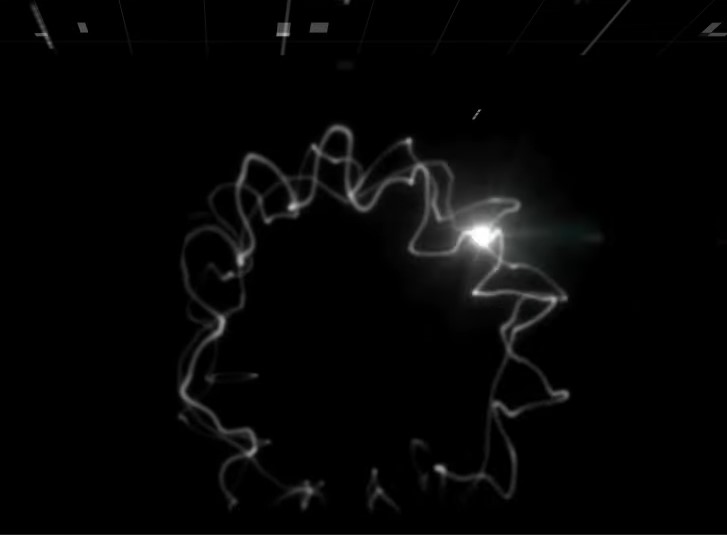
8. Photon or the Same String
As a result, the motion of a photon when leaving the electron can be divided into three motions:
I. Rotational motion around itself (with 1 degree of freedom)
II. Zigzag-like motion in a closed ring or internal motion (with 5 degrees of freedom)
III. External motion (with 5 degrees of freedom).
Therefore, each photon can have a motion with 5+5+1 degrees of freedom, which in fact can be said that the photon is the string as we mean [11,12].
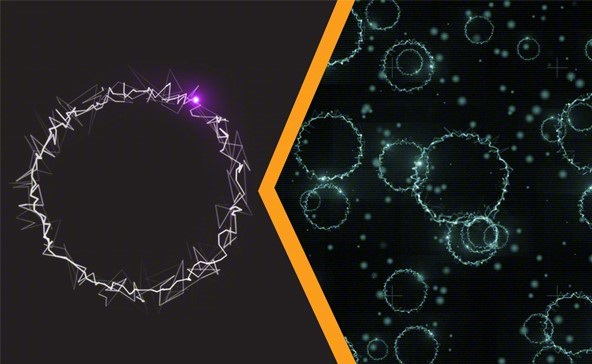
9. Photon; The Primary Building Block of Electron, Proton, and Neutron
Superstring Theory is an attempt to explain all the particles and fundamental forces of nature in a single theory, by modeling them, as vibrations of tiny supersymmetric strings. If we assume that the smallest massive particle that constructs the whole universe is such tiny supersymmetric strings or consists of several tiny supersymmetric strings, it can be seen that electrons, protons, neutrons, etc. as basic subatomic particles are also composed of these particles. Now assume that electrons, protons, and neutrons consist of these smallest massive particles. Surely the difference between the constructions of them is described with the numbers and positioning of these smallest massive particles that we named "Angel Photon" [13,14].

10. Structure of Electron
Given that an electron is the birthplace or even the genetrix of the photon, one could say that the structure of an electron consists of the photons gathered together. But how they are positioned?
Indeed, the photons turn not just around themselves, but also on the surface of the imaginary sphere of electrons on a spiral trajectory. They cover all the surface and get emitted very easily. There is no difference between electrons. Therefore, their structure must be an array of photons that rotate on the surface of an imaginary sphere without any central core [15-18].
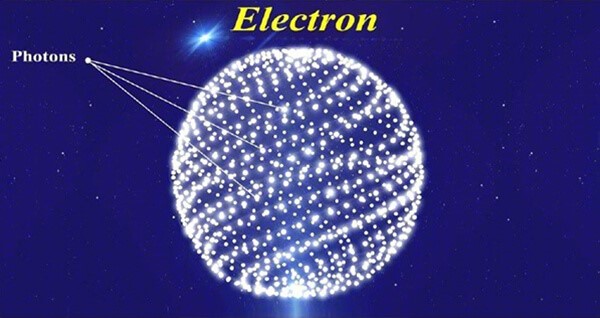
11. Structure of Proton
Physicists consider a continuous texture for the proton. Therefore, their structure must be a dense compact globe filled up of photons with a radius three times smaller than that of an electron. But it is not the only point. The structure of a proton is similar to a cherry with two layers; the core and the mantle.
The core: This region is almost spherical and its radius is about one-third of the entire proton’s radius, but its density is about 15 times more than the mantle.
The mantle: This area is a brawny layer, which includes about 2/3 of the total radius, and completely encircles the core by a much lower density than it [15,16,19].
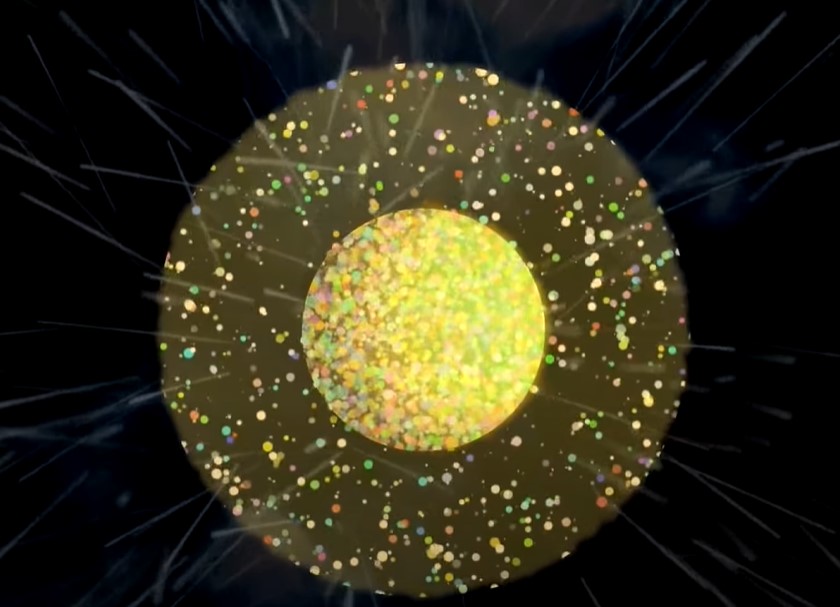
12. Structure of Neutron
Neutron is a sphere with the proton core, electron shell, and an empty space about twice as much as the proton's radius. By this identification, we could easily explain a lot of problems in physics like decay, strong interaction, weak interaction, etc. [16,20].

13. A New Explanation for Different Forms of Energy in Terms of Photon Basis
If we consider a Solar System like our System and look at the relation between the Sun and the Earth, we see that the Earth always revolves around the Sun in a closed circular path. Due to this stable structure, the following relations can be considered: “The Kinetic Energy = Energy of Gravitational Wave or Gravitational Flux Energy.”

Given that visible light is actually the same as radiant energy, we can write the following relationship with electromagnetic waves. So, “Radiant Energy = Electromagnetic Energy”

As the formula "EN = Mc2" is valid in nuclear explosions and it means the total mass converts to photon particles, therefore we can assume that nuclear and radiation energy of photons is equal. So, “Nuclear Energy = Radiation Energy”

Where “N” is the number of photons in an object with mass M.
In fact, in light bulbs, electrical energy is converted into radiant energy. So, “Radiant Energy = Electrical Energy”

Where, “n” is the number of photons emitted from the lamp.
Due to the fact that in transformers, magnetic energy is always converted into electrical energy, so: “Electrical Energy = Magnetic Energy”

Therefore, it can be said that all energies are equal, equivalent, and identical [21].

So, we can write the following comprehensive relation, which we named “Saleh Comprehensive Equation of Theory of Everything or the Equation of the Primary Energy Chart Since Big Bang Till Now”:

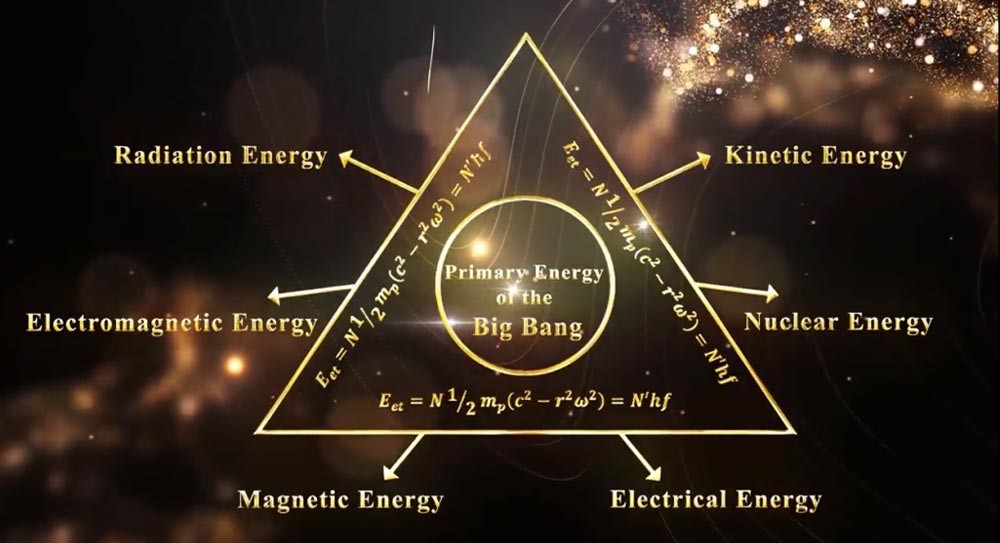
14. Nuclear Force
According to what has already been said about the structure of the nucleus, the nucleus is composed of neutrons and protons that are arranged in a special way next to each other by the Coulomb force. In fact, the nuclear force between protons is because of the Coulomb force between the electron shell of neutrons and protons of the nucleus, and these neutrons and protons themselves are also composed of photons [22].
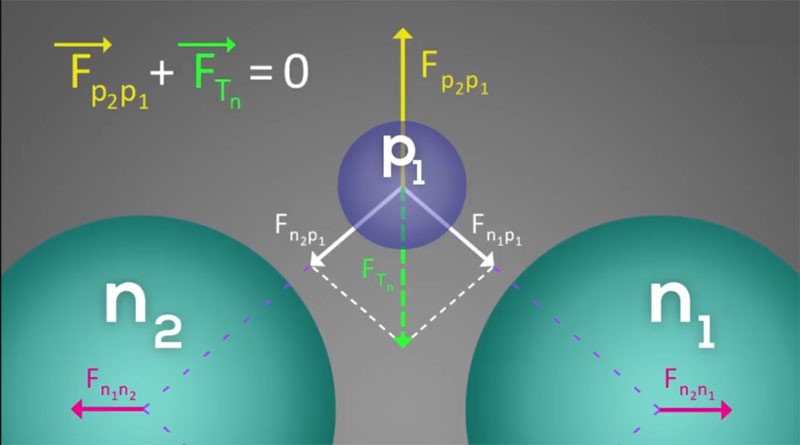
15. A New Calculation for the Structure and Nature of the Magnetic Force in Terms of Photons
Based on the results of the recent experiment, Saleh experiment, involving a usual magnet, where the magnetic energy of the magnet and its frequency were measured, it can be stated that magnetic flux lines are chained-photons that flow from the North pole to the South pole. In other words, the magnetic flux is as the photon ropes interwoven and entangled with each other [23,24].
16. A New Calculation for the Structure and Nature of the Gravitational Force in Terms of Photons
Considering the calculation of the frequency of gravity for planets in our Solar System, by the equivalent of the kinetic energy of each planet and "hϑ" , it can be said that gravitational fluxes are essentially made of chained-photons like magnetic flux but with different ranges of frequency. In other words, gravitational fluxes are, indeed, high-frequency magnetic fluxes [25].
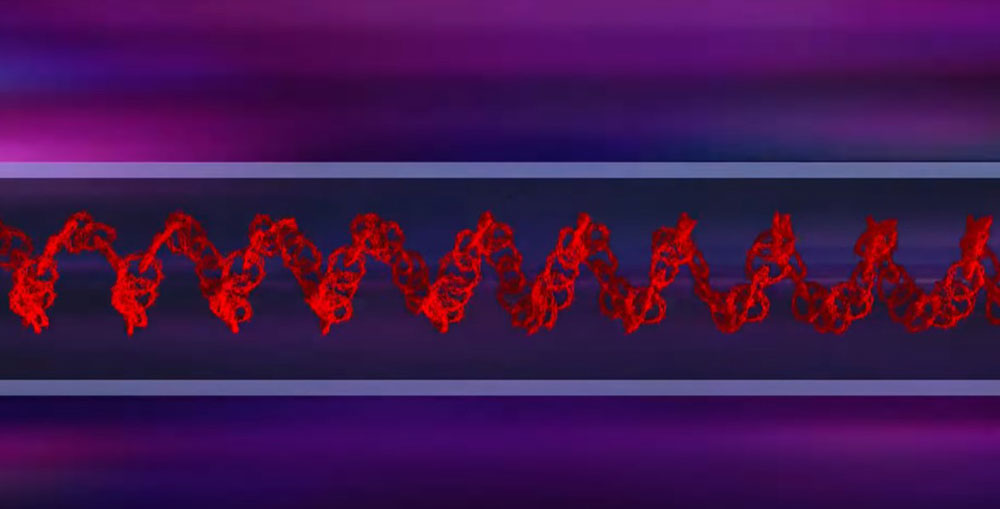
17. Neutrino or Chained-Photons of Gravity
Gravitational fluxes are made of intertwined photons. The production and intertwining of photons to create this type of chained structure require high temperature and pressure, which is only possible in the core of stars. Therefore, gravitational fluxes are produced only by stars and can emit in all directions of the star. We should note that the production of photons in nature only occurs in stars. Sometimes they become visible photons or radiant photons, and sometimes intertwined photons, or gravitational fluxes.
- Gravitational fluxes are made of intertwined photons so each component is a photon and has a very small rest mass.
- Gravitational fluxes are made of photons, so they have no electric charge.
- Gravitational fluxes are made of photons, so they travel at the speed of light.
- Gravitational fluxes react only with special alloys and pass through the rest of the materials without any reaction.
- Gravitational fluxes have no charge and are not affected by any magnetic fields.
- Gravitational fluxes, like a belt, enter a planet on one side and exit on the opposite side, keeping the planet stable and steady in its own orbit.
- Gravitational fluxes are made of intertwined photons and according to the calculations; about "10 to the power of 14" numbers of them pass in a square centimeter per second.
- Gravitational fluxes pass through the planets, so to detect them; we have to place detectors in the deep underground.
- Gravitational fluxes can only be detected with particular alloys and are difficult to achieve [26-30].
Considering the above characteristics and comparing the Neutrino features with the features of gravitational waves mentioned in the topic of "Gravitational Waves" we can say:
“Neutrino is the same as gravity and gravity is the same as neutrino”
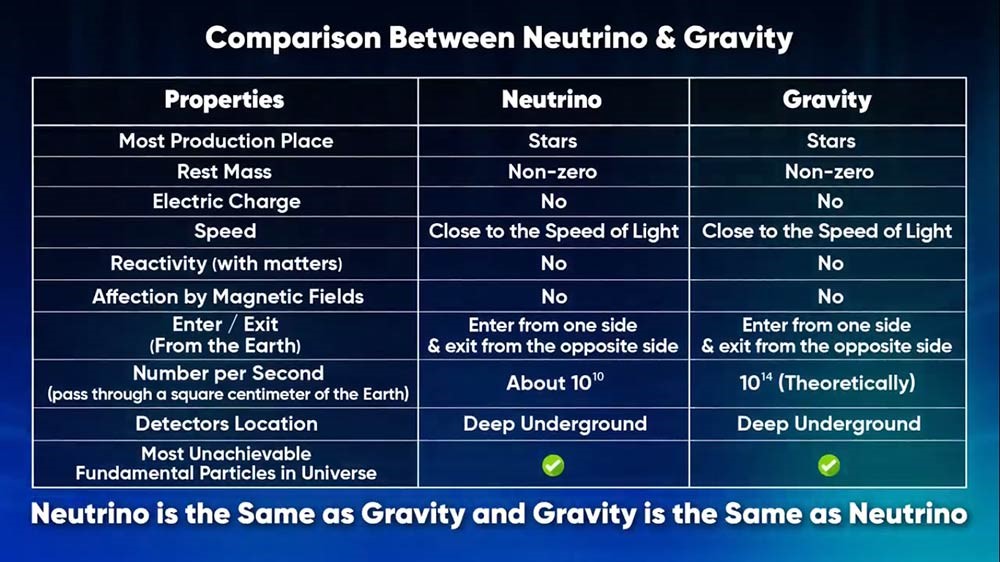
18. The Theory of Everything
Most of physicists believe that we will reach a fantastic point in the history of science, a single theory that will unite all of our science under one mathematical equation. Now it is time for its present:
- All particles are made of photon
- Photon has 11 degrees of freedom
- All forces have the basis in photons
- All kinds of energy have the basis of photon
Therefore, the “angel photon” is the “string” that connects all forces, energies, and masses together [21].
19. Photon or the Same New Atom
From the atom to the sky, we see an identical structure in that every mass is rotating around a central axis; a structure similar to that of the atom which has a nucleus and electrons rotating around. Like the atom, the photon also has a central part around which particles are rotating and, indeed, the photon is a small atom with a similar constitution. The photon has a central part around which the rotating particles move in an irregular manner. The central part is called "Cidtone" and the particles around are the "Saleh Particles” [13,14,31].
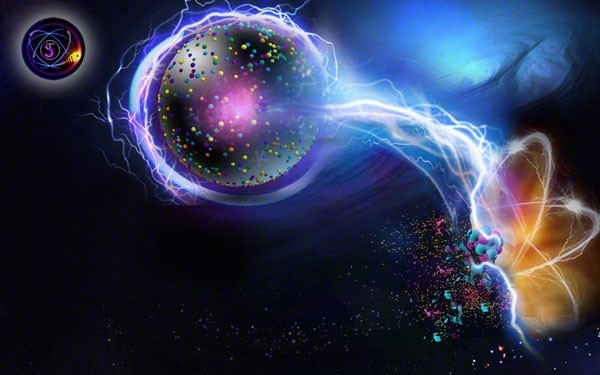
20. Proving the Existence of a Speed Faster Than Light in Several Ways
Inexistence of the speed faster than light is a hypothesis made almost 100 years ago and so far, there has never been a definitive phenomenon provided to prove it. When Einstein expressed his theory of relativity, this was his important point that there was an ultimate cosmic speed limit and that only massless particles could ever reach it. But scientists have always looked for particles that move faster than light because proof of the existence of speed faster than light will cause a great change in the future of physics. we have presented 10 great and logical reasons for the possibility of speeds faster than of light. We have used Hubble's law, Blueshift (Redshift), data from the Hubble Space Telescope, etc. to prove that [32-37].
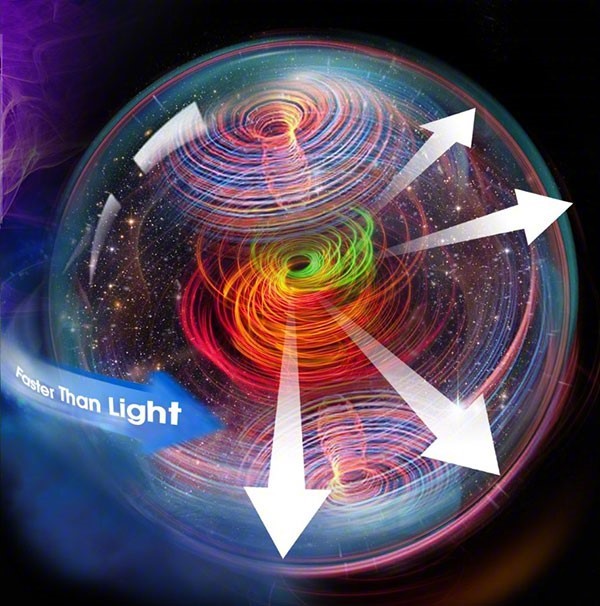
Reference:
[9] Saleh, Gh. "10 Great Reasons for Helical Motion of Photon." APS Meeting Abstracts. 2022.
[18] Saleh, Gh. "The structure and shape of the Electron." APS Meeting Abstracts. Vol. 2022. 2022.
[24] Saleh, Gh. "New Discoveries about the Magnetic Fields." APS Meeting Abstracts. 2023.



